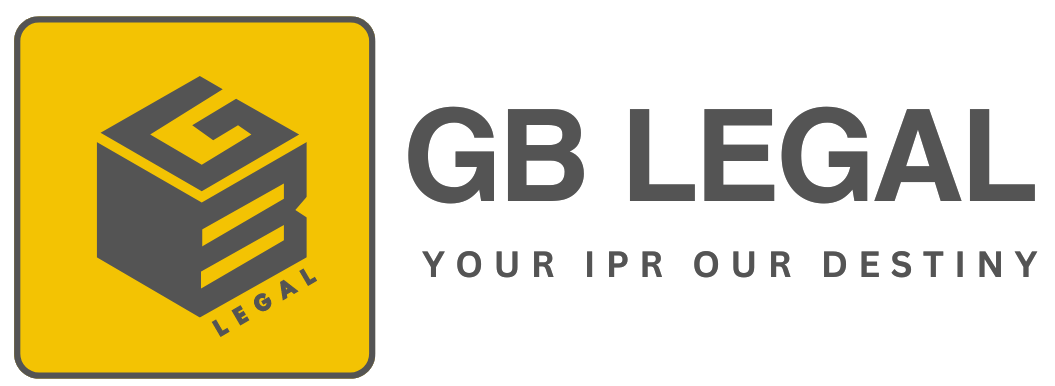An Overview:
The term “design” contains only the characteristics of shape, configuration, pattern, ornament, or composition of lines, tones, and colors applied to any article, whether two-dimensional or three-dimensional, whether it is made by hand or mechanically, isolated or combined so that they appeal to and are judged by the eye alone, without any reference to any method, principle, or mode of construction.
Registration of a design in India grants the owner exclusive control over his or her product for a limited period. This includes the right to prevent others from making or using their design or copyright protection.

Registration Of A Design, However, Requires That It Meet The Following Conditions:
According to Section 2(d) of the Designs Act 2001, a design is defined as a shape, pattern, configuration, composition, or ornament, whether it is two-dimensional or three-dimensional, applied mechanically or manually, by hand or by chemical means in the finished product, which are strictly measurable by the eye, but are not subject to construction or mechanical devices. Design Registration in India protects various industrial designs. The Designs Act of 2000 and the corresponding Designs Rules of 2001 govern the entire procedure of Design Registration.
Difference Between Design Registration And Trademark
Important considerations during the design registration process
Prepare your documents correctly
By filing a design registration in India application that addresses all aspects of the Design Act, GB Legal Associates can significantly improve the chances of successful registration.Processing of government information
A design registration application does not guarantee the registration of a design. GB Legal Associates offers design registration services based on our experience and expertise. Registrants are assigned registration based on the facts and premise of each case.Chronology
It is essential to track the status of an application after it is filed on the Government site until it is processed. A time-bound response may be required from the applicant during the design registration application process. It is vital that you continuously monitor the application's status and take the necessary steps.Protective Measures
To inform competitors of registered designs and prevent counterfeiting, the Patent Office maintains and publishes a list of all registered designs. A registered design owner who is the victim of infringement or piracy can seek legal remedy under the Designs Act.A 10-Year Protection Plan
A registered design is licensed for ten years, renewable every five years for ten years in total under the Designs Act. Generally, however, design registration is only possible when the design is incorporated into an industrial process. Design registration cannot be done on items covered by either the Trademark Act or the Copyright Act.What Is The Purpose Of Registering A Design?
A unique industrial design is characterized by its ability to be recognizable through its distinctive forms, formations, patterns, adornments, or combinations of such shapes or shades. When a design is completed, it is quite easy to see why it appeals. Exceptional designs have a positive effect on the market.Business entities may need Design Registration for a variety of reasons:
The Advantages Of Registering Your Designs
Design Registration prevents the copying, reproduction, sale, or distribution of products that bear the same design as the original. You can count on us for the best design registration services in Mumbai.
During 10 years after registration, the design registration certificate remains valid. Validity can be extended for an additional five years after the expiration of this validity period.
The registration of a design is undoubtedly an advantage for businesses. A registered design means that a business entity’s products will have a completely different look and feel when compared to those of their competitors.
They are not formally published in any WTO member nation and have also never been used in India before. Products with registered designs are unique globally, which means they have never been used before anywhere in the world.
Additionally, registering your design has the important advantage of appealing only to consumers and being judged solely by appearance.
Uniqueness is the key factor when registering a design. The product must be alluring and different enough from others so that innovation can flourish and competition is enhanced.
Types Of Applications For Registration Of Designs
Application for Ordinary Status: Priority is not claimed by an ordinary application.
Application for reciprocity:
Through a reciprocity application, the applicant claims the priority of a previous application filed in another conventional country. A petition for such a convention must be filed in India within six months after it is filed in the convention country. An extension is not permitted.
The following are important points to remember when filing a design registration application:
Patent Forms and illustrations must be correctly completed so that a Design Registration Application can be processed efficiently. Most applications are subject to objections during the formality check stage, with 90% of applications receiving objections. Fewer objections, but more significant ones, are made during this stage. For reasons such as originality and uniqueness. Incorrectly. Filing needs to be carefully done.
The filing of replies to such formal objections is often appealed by agents or lawyers, leading to additional delays of 4-5 months. Consequently, the Design Applications require meticulous preparation of all documents required. By doing so, the time required to complete the Design Registration application will be significantly shorter.
Design Applications properly filed with the Patent Office will be registered. Just one month after applying, corresponds with the significant criteria of forgetting registration. Starting in April 2011, this measure will be implemented.



